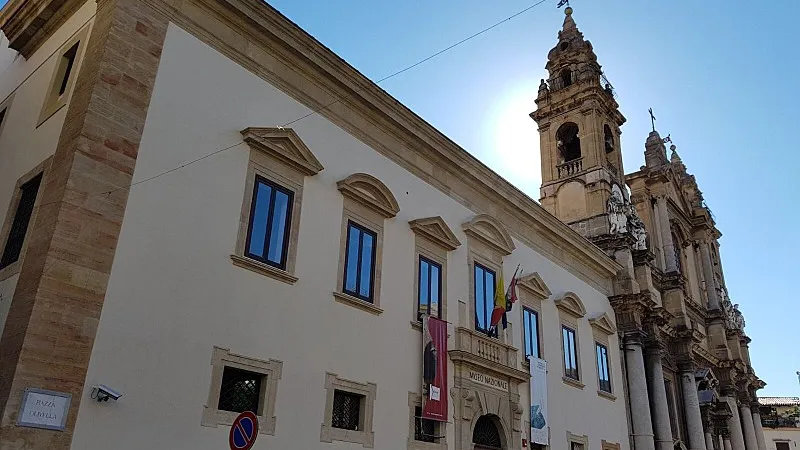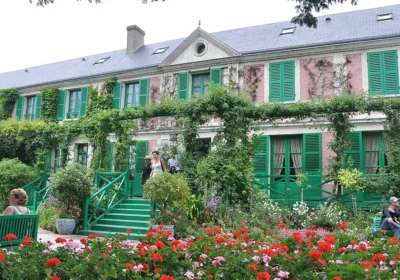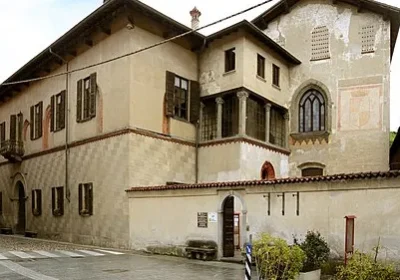The Regional Archaeological Museum of Antonino Salinas.
The Regional Archaeological Museum in Palermo is housed in a historical building dating back to the 17th century and houses a huge number of exhibits found during the various excavations and studies that have been carried out in Sicily at various times. The building attracts tourists with its exterior and the exposition inside tells the story of the bygone days of the historical area during the Greek and Roman periods, revealing it from different angles.
There are a huge number of frescoes and statues that convey the atmosphere and energy of those centuries. The Palermo Archaeological Museum also has an unusual garden with plants and majestic fountains, which is also quite interesting for visitors to the city.
The Antonio Salinas Archaeological Museum began to take shape at the beginning of the XIX century, in 1814, and originally consisted of private collections of aristocrats of Sicily. At that time, members of the nobility excavated ancient cities for their own interest and collected the artefacts they found. It was these objects that became the basis of the original museum collection. It was further enriched by gifts from the Sicilian kings from Pompeii and Torre del Greco. After a few years, excavations were literally permanent.
Till 1866, the archaeological and art museums in Palermo were a single institution, united with the University of Palermo. In 1866 secularisation took place and the museums had to be separated. The museum got its name thanks to its director, Antonino Salinas, who contributed greatly to its development and prosperity.
He divided the collections, categorised the exhibits, creating a unique and scientifically correct exhibition that is easy to study during a visit. It is known that in 1943 the building came under numerous bombardments and then went through extensive reconstruction.
The first thing to note is the appearance of the museum. The building of the Antonio Salinas Archaeological Museum has managed to preserve its historical appearance after being reconstructed in the mid-20th century. Visitors enter the museum through a cosy courtyard, where you can observe a variety of plants, statues and fountains. The most important decoration of the courtyard is the statue of the god Triton. In addition, the courtyard of the Antonio Salinas Archaeological Museum also houses some museum exhibits. These include Phoenician tombs and plaques with ancient hieroglyphics that have not been deciphered to this day. Elements from the same era can also be found in the halls of the museum – a rather large part of the exposition consists of everyday objects from the Phoenician and Greek era of Sicily. The spacious halls of the museum are decorated with frescoes with historical subjects, as well as mosaics. A separate room is also dedicated to mosaics from all over the island.
Open all days except Monday, 24 and 25 December, 1 January, 1 May

















